China Leverages World’s Largest Shipbuilding Capacity to Consolidate Maritime Dominance in Asia-Pacific
Input
Changed
Control of more than 60% of global ship orders this year Target of securing six aircraft carriers by 2030 Expansion of military power beyond the South China Sea into the open seas
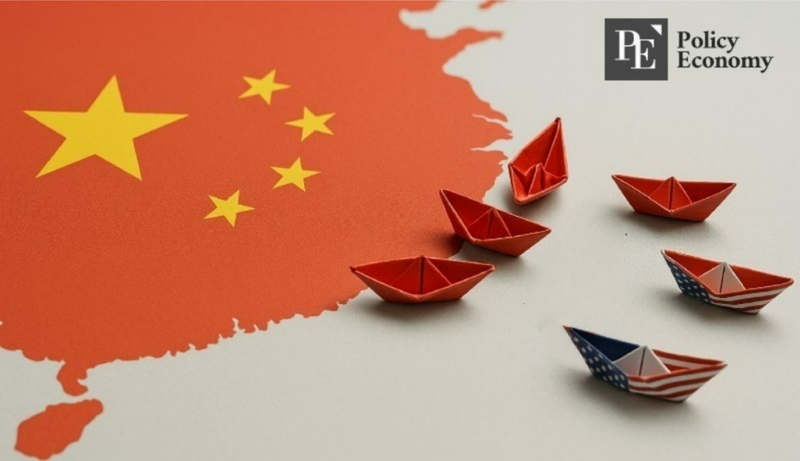
China has emerged as a formidable challenger to U.S. naval supremacy in the Pacific, propelled by its unrivaled shipbuilding capacity. Having already constructed three aircraft carriers under the leadership of state-owned shipyards, Beijing is accelerating efforts to expand strategic assets through naval base development, nuclear submarine deployment, and additional carrier construction. The trajectory signals a shift from coastal defense in the South China Sea toward power projection across the high seas, reshaping the maritime balance of power in the Asia-Pacific.
China Surpasses U.S. Navy as World’s Largest Naval Power
According to a BBC report on September 2, China secured 44.33 million deadweight tons in new ship orders during the first half of this year alone, capturing more than 60% of the global total. Analysts underscored that this overwhelming production capacity is the backbone of Beijing’s naval expansion. With seven of the world’s top 10 container ports under its control, China has leveraged maritime trade to rise as the world’s second-largest economy, and this foundation is now translating into military ambition. China’s active fleet currently stands at 234 vessels, outstripping the U.S. Navy’s 219 and making it the world’s largest naval force.
China is now extending its reach beyond the South China Sea toward global maritime influence. In June, the People’s Liberation Army Navy (PLAN) deployed two aircraft carriers to the Philippine Sea in the western Pacific, conducting joint operations including fighter takeoffs and landings. This marked the first time Beijing had breached the so-called “first island chain” established by the U.S., signaling its capacity to exert blue-water influence. Experts project that China could soon expand its operational range to Guam, Wake Island, Midway, and even Hawaii.
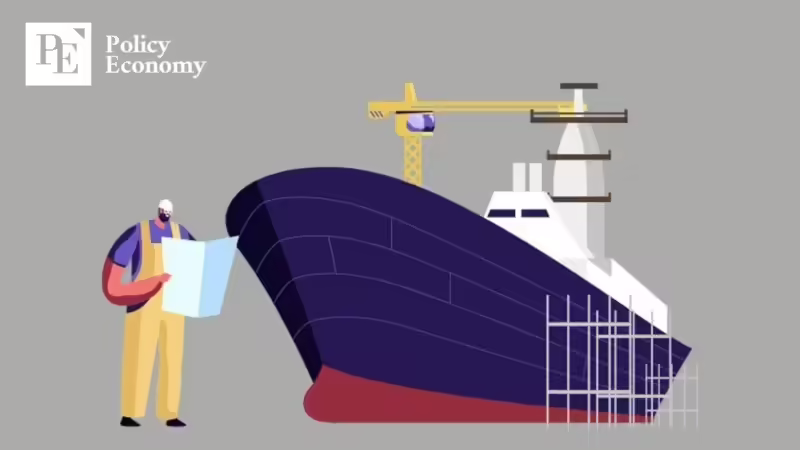
Three Carriers Built Under State-Owned Shipyards
China’s naval build-up is progressing at speed. Its first carrier, the Liaoning, originated as the Soviet-era Varyag, purchased by a Chinese businessman and later refitted at the Dalian shipyard before joining the PLAN. The second carrier, the Shandong, was the first indigenously built carrier, constructed at Dalian with a ski-jump launch system. The third, the Fujian, built at Shanghai’s Jiangnan shipyard, incorporates a catapult-assisted launch system akin to U.S. supercarriers, enabling the launch of heavier aircraft from shorter runways. All three were constructed under subsidiaries of the state-owned China State Shipbuilding Corporation, underscoring direct state involvement and strategic intent.
Construction of a fourth carrier is already underway, with reports suggesting it will adopt nuclear propulsion and surpass the Fujian in size. If realized, it could rival U.S. supercarriers such as the 100,000-ton Nimitz and Gerald R. Ford classes. While the U.S. still maintains a qualitative edge, Beijing’s stated goal of operating six carriers by 2030 would significantly tilt the balance of power in the Asia-Pacific.
Naval Base Expansion and Nuclear Submarine Deployment
China’s four principal shipyards—Dalian, Guangzhou, Jiangnan, and Hudong-Zhonghua—constructed 39 warships totaling 550,000 tons in displacement between 2019 and 2023, surpassing the entire Royal Navy fleet, which stands at roughly 399,000 tons. While the U.S. retains superiority in carrier size and submarine capabilities, analysts note that China’s mass production capacity alone is altering the strategic equation.
Satellite imagery of Yulin Naval Base in Hainan reveals that China has built five new piers in the past five years, a sign of accelerated infrastructure expansion. The base is expected to serve as homeport for the latest Jin-class (Type 094) nuclear submarines, each capable of carrying 12 nuclear missiles. At the September 3 Victory Day parade marking the 80th anniversary of the end of World War II, Beijing also showcased advanced systems including unmanned underwater drones and hypersonic missiles. These assets could enable deep-sea surveillance, submarine detection, and monitoring of undersea cables—all without exposing surface fleets to risk.
The impetus behind China’s naval expansion is deeply rooted in historical memory and state strategy. President Xi Jinping has repeatedly invoked the “Century of Humiliation,” referencing the 470 foreign incursions between 1840 and 1949, to stress the necessity of maritime strength. Under this framework, Beijing has pursued a “military-civil fusion” strategy, maximizing efficiency by building both commercial and military vessels in the same shipyards. At Dalian, for example, next-generation LNG carriers and massive container ships are constructed alongside state-of-the-art warships—a stark embodiment of China’s integrated approach to maritime power.


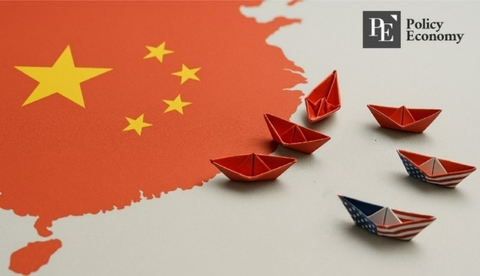


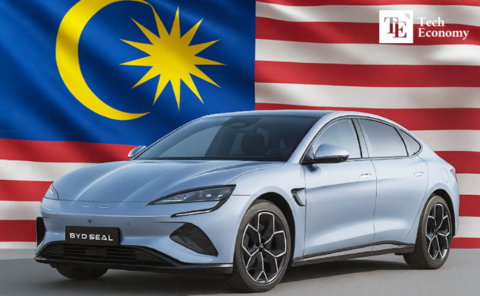

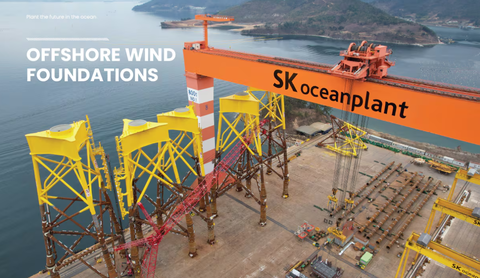
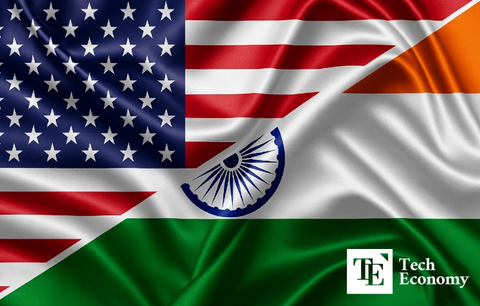
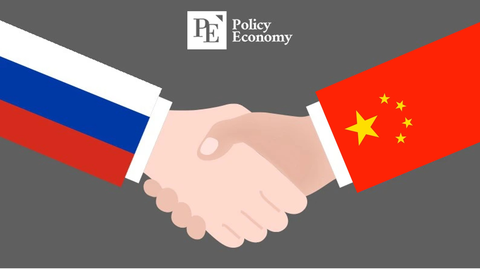












Comment